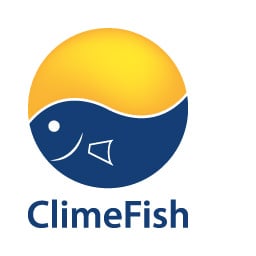C7 – North Norwegian Lakes
Freshwater fish species adapted to cold waters are particularly vulnerable to climate warming as they experience unfavourably high temperatures in the southernmost reaches of their distributions. Further north, climate warming may improve growth conditions, but will also favor colonization by warm water species that can threaten the cold water fish populations. The CSs will address the implications of climate warming for target cold water species and will provide advice for sustainable inland fishery management under climate changes.
Salmonid species, with their narrow thermal tolerance and growth-dependent population dynamics, exemplify how climate changes may affect cold water species targeted by inland fisheries. The North Norwegian Lakes case study will focus on the salmonid species brown trout (Salmo trutta), Arctic char (Salvelinus alpinus) and whitefish (Coregonus lavaretus) as well as the invasive vendace (Coregonus albula), characterized by size-dependent mechanisms of regulation.
The detailed mechanistic understanding of the multispecies stock dynamics informs ecologically realistic models that will provide reliable forecasts for chosen IPCC scenarios. Modelling of temperature-dependent growth and of the demographic implications of climate warming across the European climatic range will rely on published and archived data for parametrization and calibration.
Long-term data from several lakes across Europe, spanning the climatic range from Northern Norway to Italy, further allow ClimeFish to address the impact of fishery and management decisions on stock and ecosystem health and resilience.
